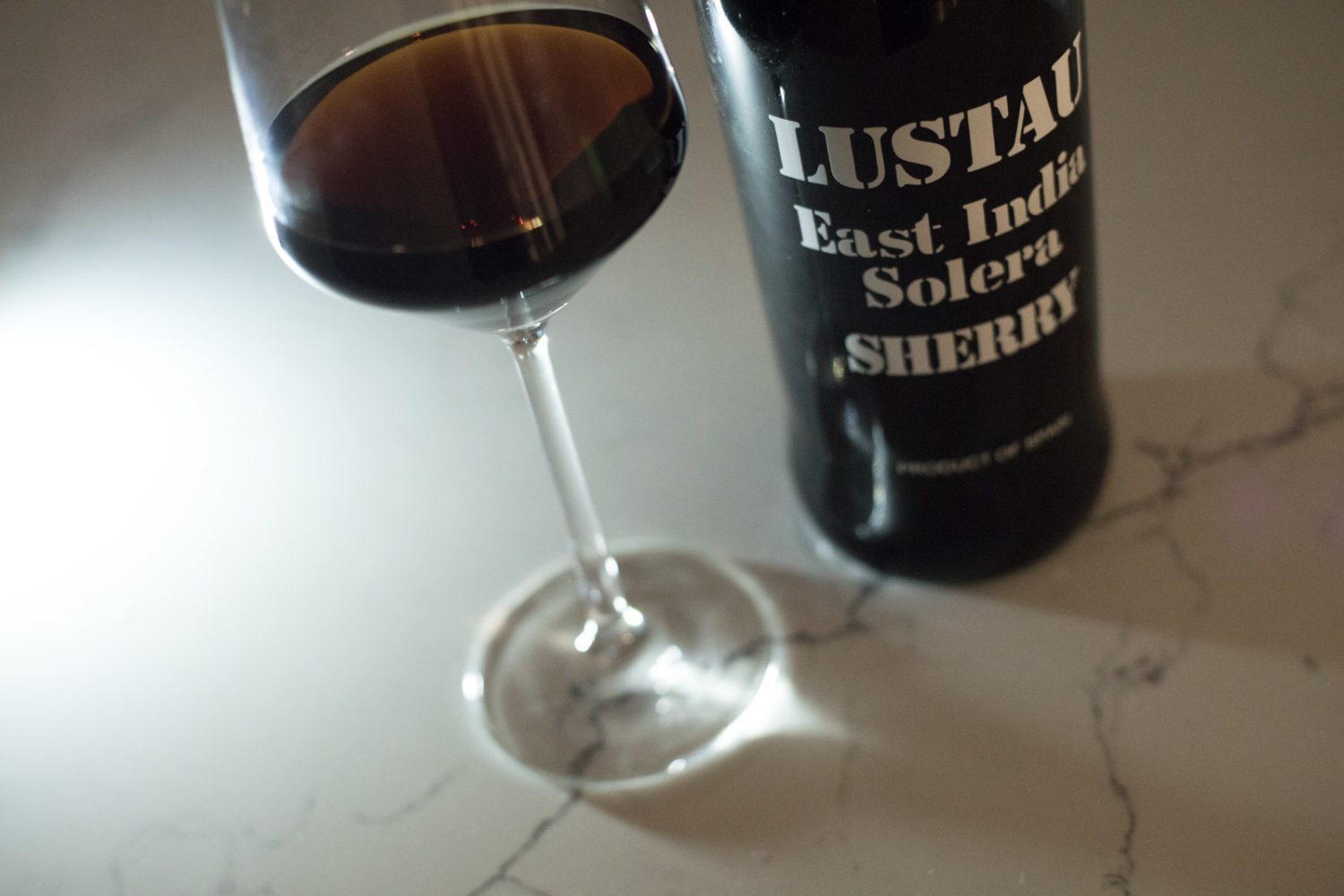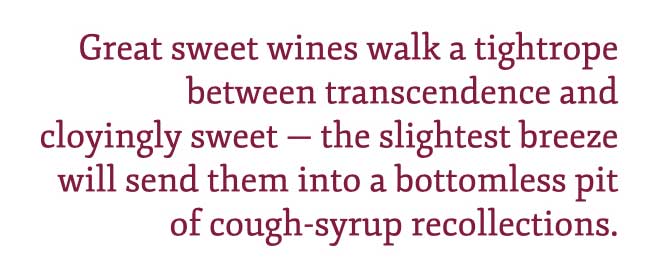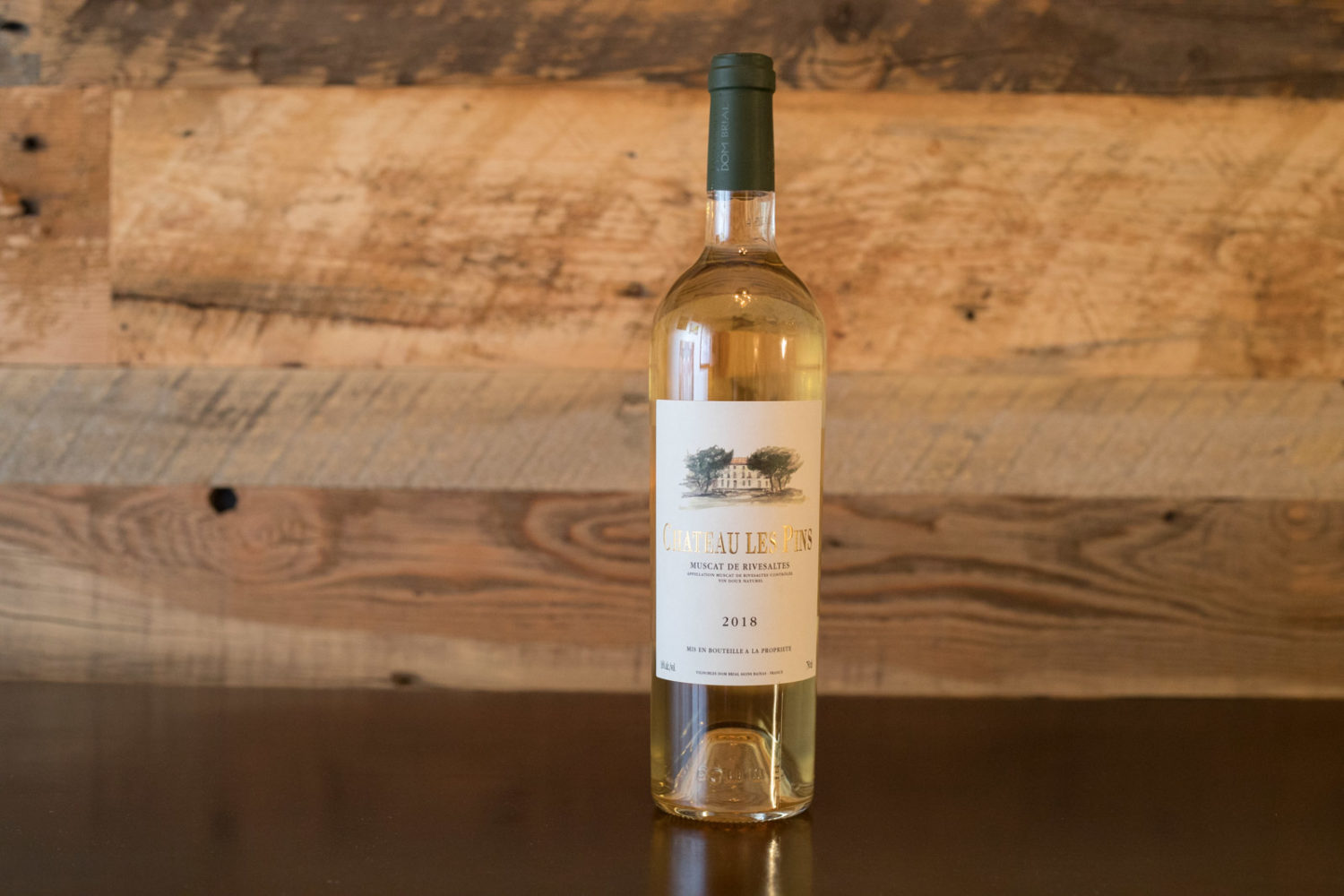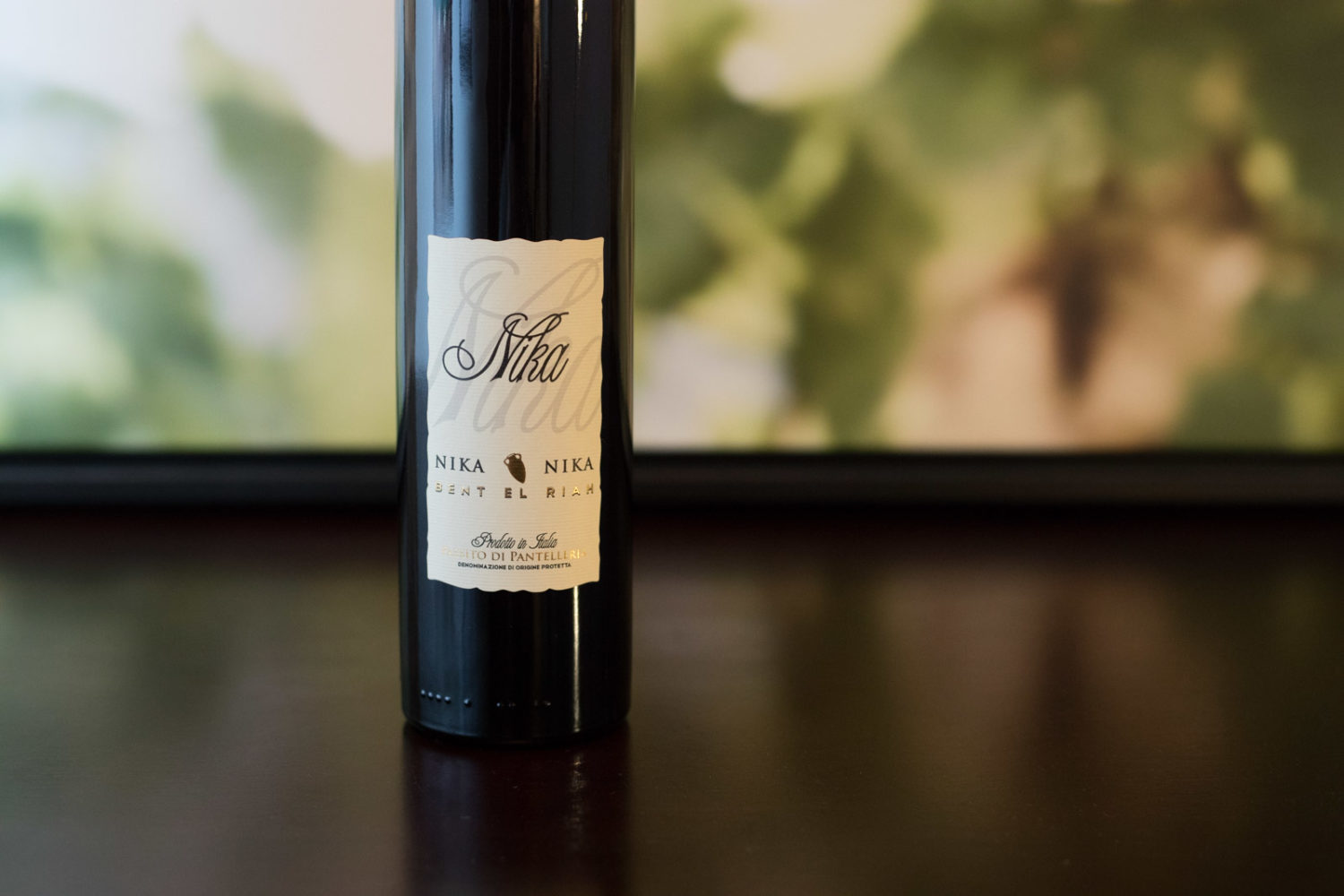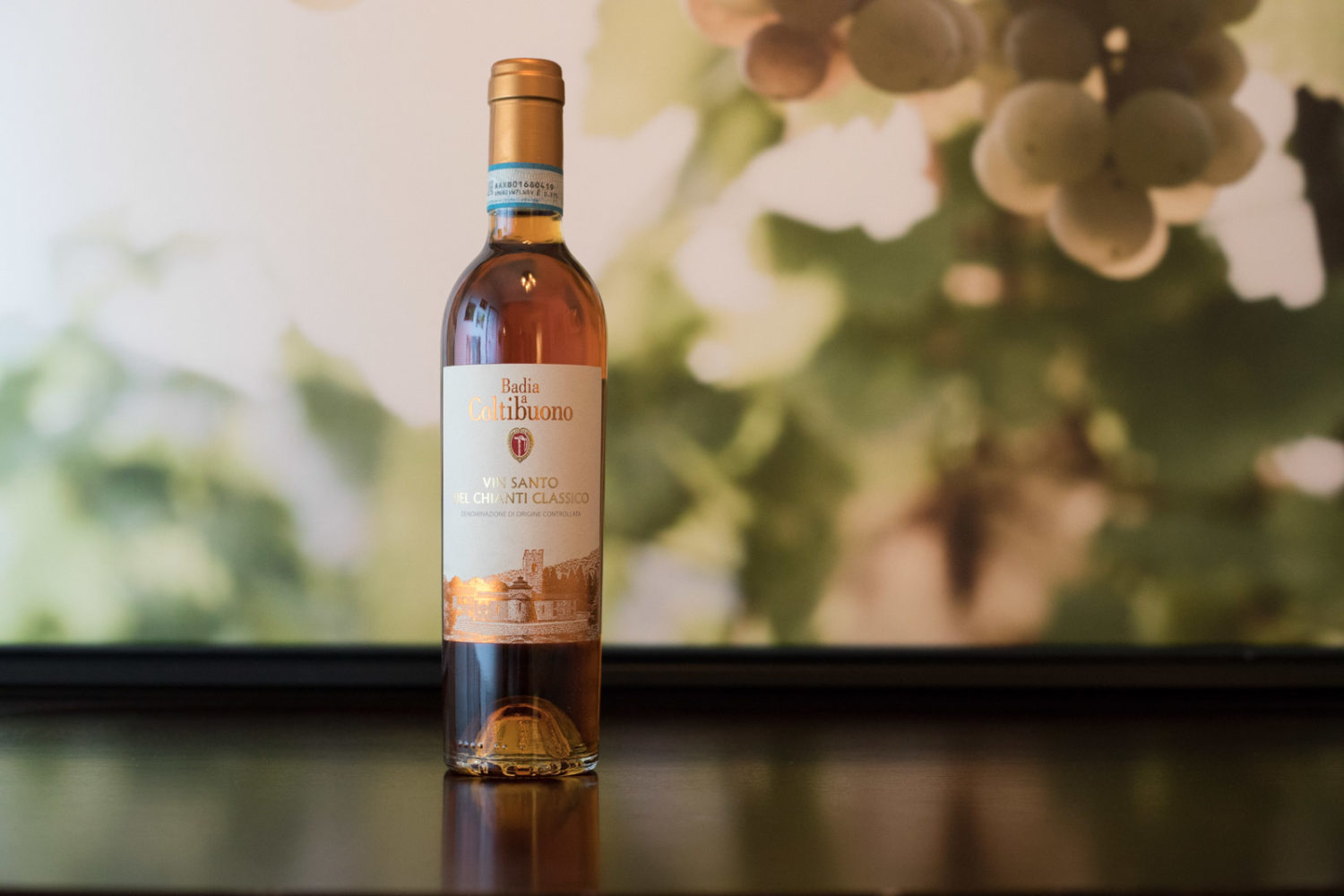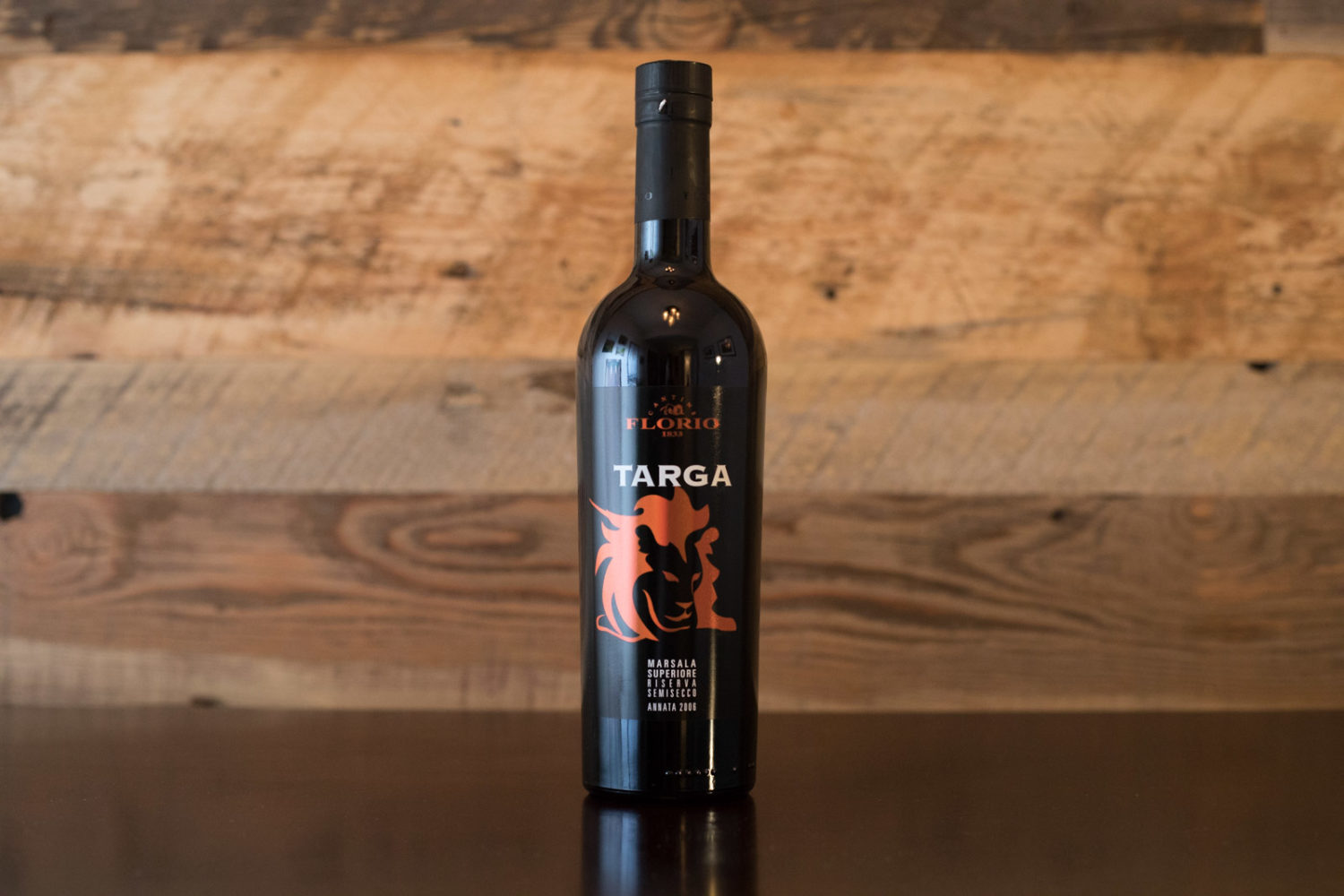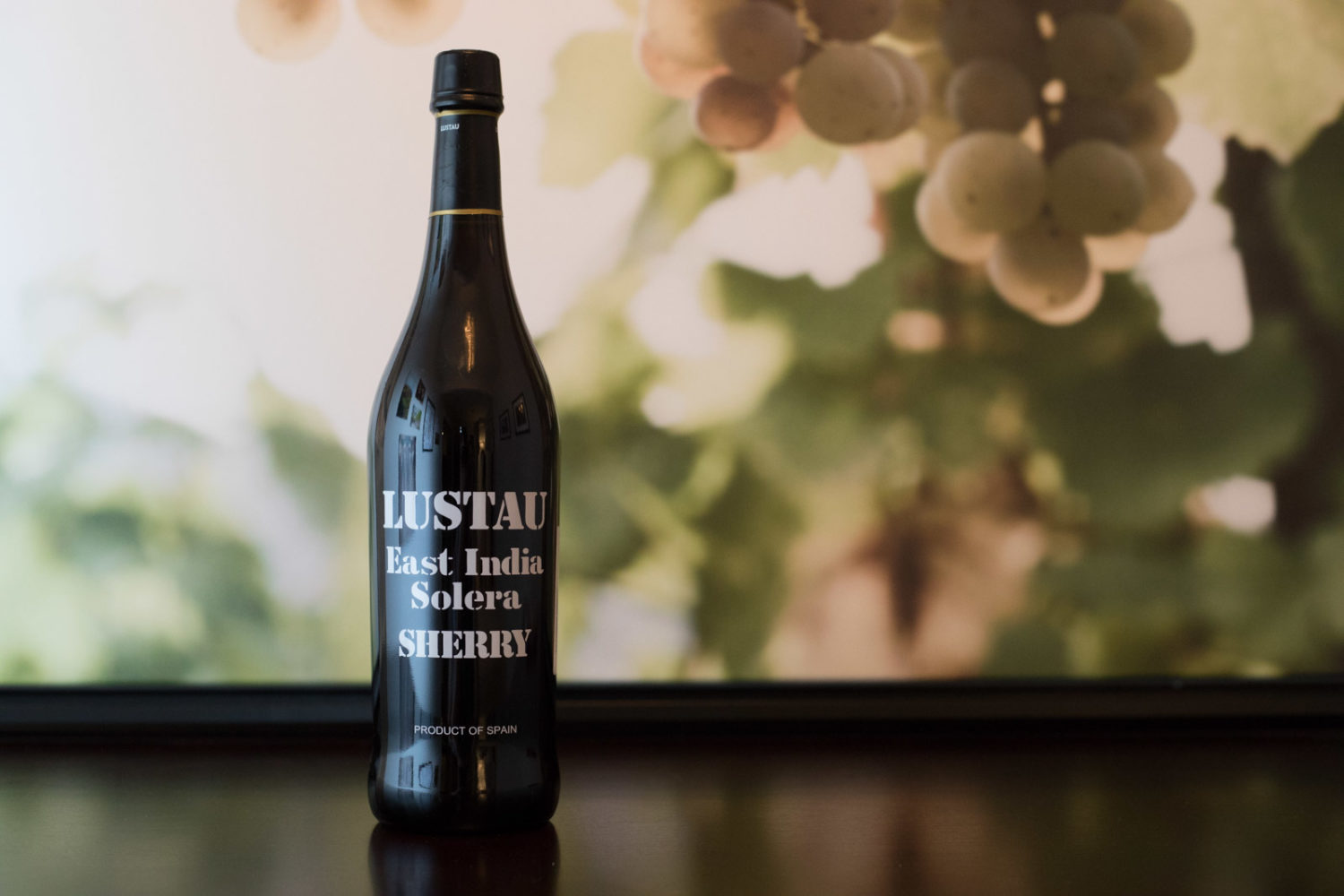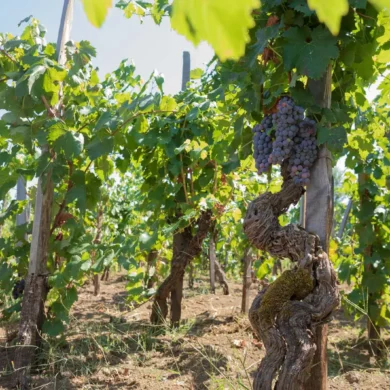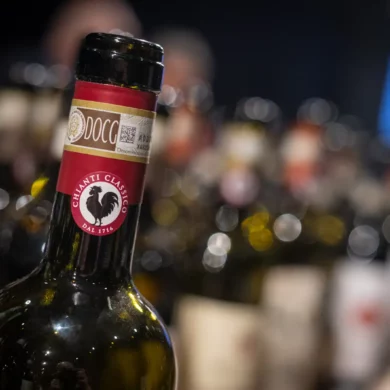Is Christmas the best time to savor sweet wines? I tend to shy away from affixing such seasonality to wines, just because it is such a limiting practice. (Go ahead: drink rosé in the winter, have a Cab in summer. What do I care?) But for whatever reason, when it comes to France’s vin doux naturel or Italy’s great examples of appassimento or a rich, sweet oloroso sherry from Spain, I can’t help but bring them out at Christmas time, and only then.
So what about the other 11 months of the year? If you are not a “dessert person” — which I am not — than this category of wines can be a struggle to incorporate into your repertoire. (My idea of dessert: one more glass on Nebbiolo). But there is something else working against sweet wines the rest of the year: American wine drinkers simply aren’t that into them. “Sweet” continues to be out of fashion regarding all-things-wine, even though many popular “dry” wines in America have added sugar (that’s another topic for another day).
The irony is that we Americans have no problem consuming sugar. But when its obvious in a wine, we are programmed to reject it.
Which brings me back to Christmas. At this point in the year, I’ve lost all semblance of caring about what goes into my body. I’m on a bridge between Turkey Day and New Years. We’ll dry up and work out in January, but for now, I need something to swig with this here Christmas cookie. Especially since I am on day 283 of avoiding people outside my household. Another three ounces, please.
And in the quiet loafing of the holiday season, I can reflect on a simple fact: I really, really appreciate the craft of an excellent sweet wine. It is every bit as challenging to make as a dry red wine, a traditional-method sparkler, or a skin-contact orange wine from an indigenous variety. Great sweet wines walk a tightrope between transcendence and cloyingly sweet — the slightest breeze will send them into a bottomless pit of cough-syrup recollections.
Here are some interesting sweet wines to consider this week as you eye Christmas. And if you ran out of time to get them for the holiday, find them and save them for next season. They have a pretty solid shelf life. The following recommendations are from lightest to darkest in color and tasting-note tone. Let’s have a look, shall we?
2018 Château Les Pins Muscat de Rivesaltes Vin Doux Naturel
This wine hails from Roussillon, France’s southernmost wine region, tucked up against the Mediterranean Sea, the Pyrenees and Catalonia. Here, fortified sweet wines (also known as vin doux naturel) is the driving force of the wine industry. In fact, Roussillon accounts for 80% of France’s vin doux naturel.
The name Rivesaltes is famous for an amber-colored sweet wine that has (sometimes) been aged in glass jars under the sun. This is not one of those wines, as the Rivesaltes region has two appellations for fortified sweet wines, and this appellation — Muscat de Rivesaltes AOC — focuses on a reductively made blend of two Muscat varieties.
Muscat de Rivesaltes AOC (Roussillon)
Grapes: Muscat à Petits Grains (50%), Muscat of Alexandria (50%)
Alcohol: 16%
Rating: ★★★★ 1/2 (out of five)
Food friendliness: Selective
Value: Very good
A beginner might like: Fans of Italian moscato will recognize a tinge of lovely “grapey-ness” on nose of this elegant yet straightforward sweet wine. It’s tones are quite tropical, suggesting pineapple and citrus, as well as roses.
A wine obsessive might like: What keeps the wine from being a cloying, overly saccharine sip is a nice mineral texture which allows the finish — strongly suggestive of vanilla and orange — to be fairly clean.
What to do with it this Christmas: Serve with a biscotti by the tree.
2015 Nika “Bent El Riah” Passito di Pantelleria
This wine comes from the wind-beaten, virtually treeless island of Pantelleria, which is actually closer to Tunisia than Sicily. Check out my photo essay from this place; it is one of the most surreal viticultural landscapes I’ve toured. On Pantelleria, Muscat of Alexandria (known all over Sicily as Zibibbo) is king, with the vines trained low to the ground for protection from the wind, and to pick up radiant heat from the ground. The alberello pantesco vine-training system is actually recognized by UNESCO for its contribution to local culture and heritage.
Pantelleria DOC (Sicily)
Grapes: Zibibbo (Muscat of Alexandria) (100%)
Alcohol: 14%
Rating: ★★★★ 1/2 (out of five)
Food friendliness: Selective
Value: As expected
A beginner might like: First off, the low(ish) alcohol of this sweet wine. When served after dinner, you might be reticent to fill up on a 16%-17% dessert wine. But secondly, is Nikà’s freshness, which conveys a burst of flavor reminiscent of sweet orange peel, zesty lemon pith, fresh peach, raisins and a bouquet of white flowers. It’s an exotic sip to end the night.
A wine obsessive might like: The way Zibibbo from this island seems to have an extra burst of freshness and vitality, which the Nikà certainly demonstrates. If you are familiar with Donnafugata’s Ben Ryè or Marco de Bartoli’s Bukkuram “Padre della Vigna” — the two most famous passito wines from Pantelleria — this one represents a nice alternative. By the way, Nikà is from the same family behind Chianti Classico’s esteemed Castello di Volpaia.
What to do with it this Christmas: Serve it as a digestif or pair with a jigsaw puzzle.
2011 Badia a Coltibuono Vin Santo del Chianti Classico
Tuscany’s most charming wine category is Vin Santo. Some of its allure comes from its role as a traditional greeting for guests. Welcome to my house. Here is a warm and sweet embrace for your senses. Made from Trebbiano Toscano and Malvasia Bianca Lunga, the wine is produced by air-drying the grapes to concentrate sugars. Once pressed, the wine matures slowly over the course of several years in caratelli, small, 50-litre barrels that have often seen numerous vintages. In fact, each barrel carries the markers of previous wines which infuse into the Vin Santo. It’s all wildly complex and ancient, and when you come across a sterling example — as we have below with Badia a Coltibuono — it can light up your mood like a Christmas tree.
Vin Santo del Chianti Classico DOC (Tuscany)
Grapes: Trebbiano Toscano (50%), Malvasia Bianca Lunga (50%)
Alcohol: 15%
Rating: ★★★★ 3/4
Food friendliness: Limited
Value: Very good
A beginner might like: The overall complexion of this wine is caramelized goodness — like tapping into the essence of the crusty top of a crème brûlée, but in liquid form. Carrying tones of orange peel, candied apricot, lemon zest and hazelnuts certainly sets a festive mood as well.
A wine obsessive might like: The juiciness of this wine, which counters the significant sweetness (200 g/L of residual sugar) and invites a second sip.
What to do with it this Christmas: Since you likely cannot welcome someone into your home with a glass or it (at least not this year), raise it in a toast when you virtually visit family.
2006 Florio Targa Marsala Superiore Riserva Semisecco
Marsala has struggled to reclaim its spot in wine’s pecking order for a long time. The 20th century diluted the brand thanks to an overabundance of “cooking wine” from the region. In fact, I’ve had to tell many people that fine Marsala is something you can actually drink a glass of. They didn’t realize it was sold anywhere other than the salad dressing aisle at the local supermarket.
Waiting for a resurgence in Marsala may be like waiting for Riesling to take off in America. There are fine examples being made, but they require a great deal of effort to track down. One worth the hunt comes from the largest, most historic producer of fine Marsala — Florio.
Marsala Superiore DOC (Sicily)
Grapes: Grillo (100%)
Alcohol: 19%
Rating: ★★★★ 3/4
Food friendliness: Soloist
Value: As expected
A beginner might like: Both the softness and complexity of its tones. In my notes, I likened it to biting into a boozy peach (not that I’ve ever done such a thing, but you get the idea). It is hedonistic, but not without purpose, as rich tones akin to hazelnuts and coffee counter the fruitiness of apricots and orange peel.
A wine obsessive might like: Just how much this wine competes with a top-tier sherry. Full disclosure: I tasted this wine with Florio during a virtual seminar they conducted for the press and members of the wine industry. (Of the five wines tasted, this was the most compelling). What was noteworthy on the call was how many highly trained wine professionals lack Marsala experience. That’s not a knock on them at all, by the way. Wine is such a vast topic, I don’t know how anyone would or could “know it all.” My point is that Marsala is simply that overlooked. I certainly hadn’t tasted any of the good stuff until I passed through Marsala two years ago. For fans of fortified wine, this class from western Sicily is worth a second look.
What to do with it this Christmas: Serve with light noshes, cheeses, cured meats and nuts at lunch before your Christmas feast.
NV Emilio Lustau East India Solera Sherry
Let us take a moment and marvel at the affordability of this wine, given its patient, labor-intensive maturation in the cellars of Emilio Lustau, one of the finest producers of Sherry. An Oloroso and a Pedro Ximenez sherry are each independently matured for 12 years in their own solera, then blended together and matured for another three years. Remember 2005? Yeah, it looked like a clamshell mobile phone, and that’s when some of these grapes were pulled in from the vineyard to start this process. The resulting wine is complex, rich, deep and fascinatingly delicious.
And how much does this remarkable, rich, textural, aromatically complex Sherry cost? Roughly $20-$25.
Jerez DO (Andulucia)
Grapes: Palomino (80%), Pedro Ximinez (20%)
Alcohol: 20%
Rating: ★★★★ 3/4 (out of five)
Food friendliness: Limited
Value: Exceptional
A beginner might like: It’s potency. This wine is brash, confident and massively sweet at 134 g/L of residual sugar. Take it slow, and let its complex aromas overtake you: suggestive of golden raisins, vanilla extract, espresso, baking spice, brown sugar, toffee and roasted almonds. As sinful as a cinnamon roll.
A wine obsessive might like: It’s unctuousness. Sweet wines often veer into fatiguing territory, but this cream sherry keeps things interesting (and compelling) with its texture, which glides from sip to sip so easily.
What to do with it this Christmas: Slow sip it while sitting by the fire, paired with almonds.
Note: These wines were provided as samples by Vins du Roussillon, Wilson Daniels, DallaTerra Winery Direct, Florio and Europvin. Learn more about my editorial policy.
